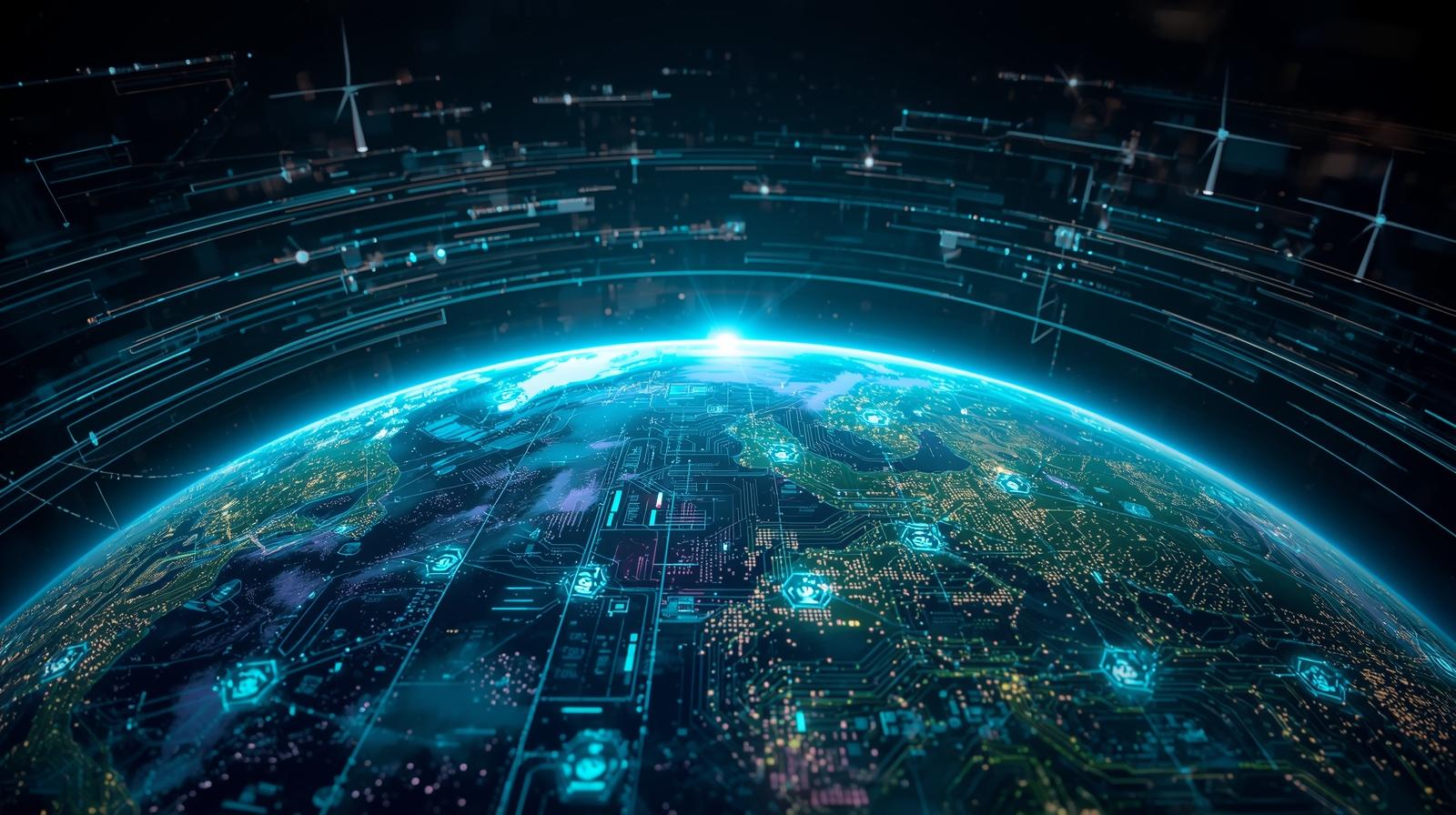AI and Climate Change: Can Technology Save Our Planet?
Climate change is no longer a distant threat—it’s happening now. Rising temperatures, melting ice caps, devastating wildfires, and extreme weather events are reshaping life on Earth. While global policy, activism, and sustainable practices play vital roles, Artificial Intelligence (AI) is emerging as a powerful ally in the fight against climate change.
From predictive analytics to renewable energy optimization, AI is offering innovative solutions to one of humanity’s most urgent crises. This article explores how AI is being leveraged to combat climate change, the potential it holds, and the challenges it faces.
1. Understanding AI’s Role in Climate Action
AI refers to computer systems that can analyze data, learn patterns, and make predictions or decisions with minimal human intervention. When applied to climate science, AI can:
- Model climate patterns and predict extreme events.
- Optimize energy production and consumption.
- Monitor deforestation, air pollution, and ocean health.
- Accelerate research in carbon capture, renewable energy, and sustainable agriculture.
By processing vast amounts of data faster than humans can, AI provides insights and solutions that were previously impossible.
2. AI in Climate Prediction and Disaster Management
Accurate climate predictions are crucial for preparing communities and protecting ecosystems. AI models can:
- Predict hurricanes, floods, and wildfires with unprecedented accuracy.
- Analyze satellite imagery to track deforestation and ice melt.
- Forecast energy demand and emissions to guide policy and infrastructure planning.
For instance, machine learning algorithms are being used to analyze decades of climate data, identifying patterns that help predict storms or droughts months in advance. This proactive approach saves lives and resources.
3. AI Optimizing Renewable Energy
Transitioning to renewable energy is key to reducing carbon emissions. AI helps in:
- Solar and wind energy optimization: Predicting weather patterns to maximize energy output.
- Smart grids: Balancing energy supply and demand efficiently.
- Energy storage management: Determining when to store or release power from batteries.
By making renewable energy more reliable and efficient, AI accelerates the adoption of clean power solutions worldwide.
4. AI-Driven Smart Agriculture
Agriculture contributes significantly to greenhouse gas emissions. AI is revolutionizing farming by:
- Precision farming: Optimizing water, fertilizer, and pesticide usage.
- Crop yield prediction: Reducing waste and ensuring sustainable food production.
- Pest and disease detection: Using AI-powered drones and sensors to monitor crops.
With AI, farmers can grow more with less environmental impact, contributing to a greener, more resilient food system.
5. Monitoring Environmental Pollution
AI-powered systems are now capable of tracking pollution in real-time:
- Air quality monitoring: Sensors and AI predict pollution levels in cities, enabling preventive action.
- Ocean health tracking: AI analyzes satellite images to detect algal blooms, plastic pollution, and temperature changes.
- Industrial emissions control: AI models help industries reduce carbon footprints and comply with regulations.
By providing actionable insights, AI allows governments and organizations to respond faster and more effectively to environmental threats.
6. AI in Climate Research and Innovation
Research is accelerating thanks to AI:
- Climate modeling: AI creates complex simulations to study future scenarios.
- Material discovery: AI identifies new materials for carbon capture and renewable energy technologies.
- Policy optimization: AI helps governments assess the environmental impact of proposed policies.
These innovations demonstrate that AI is not just a tool—it’s a catalyst for climate solutions.
7. Challenges and Limitations
Despite its potential, AI is not a silver bullet:
- Energy consumption: Training AI models can be resource-intensive.
- Data dependency: AI models require accurate, extensive data to make predictions.
- Bias and transparency: Flawed algorithms can misrepresent environmental risks or solutions.
- Global accessibility: Advanced AI technologies may be limited to wealthier nations.
Mitigating these challenges is essential to ensure AI contributes positively and equitably to climate action.
8. The Future of AI in Climate Change
Looking ahead, AI’s role in climate action will continue to expand:
- Global climate monitoring networks using AI to predict and prevent disasters.
- AI-powered autonomous clean energy systems for homes, cities, and industries.
- Collaborative AI platforms enabling governments, scientists, and businesses to tackle climate challenges together.
AI has the potential to revolutionize our approach to climate change, but it must be paired with policy, human innovation, and global cooperation to be truly effective.
Conclusion
AI is not a magic solution, but it is a powerful tool in humanity’s fight against climate change. From smarter agriculture to energy optimization, predictive analytics, and real-time environmental monitoring, AI is helping the planet respond faster and smarter to environmental crises.
The question is: With AI advancing rapidly, how do you see technology shaping our planet’s future in the next decade, and what role should it play in everyday life to combat climate change?





